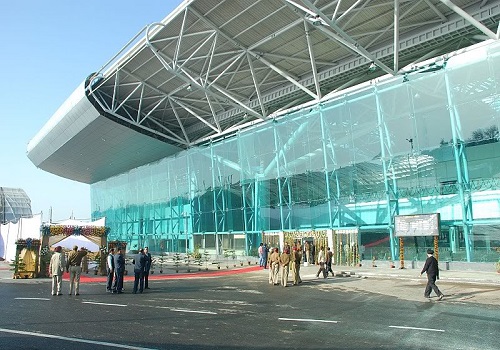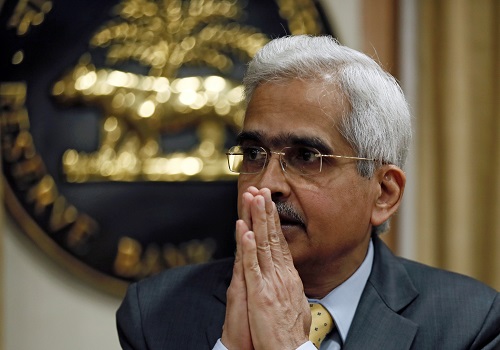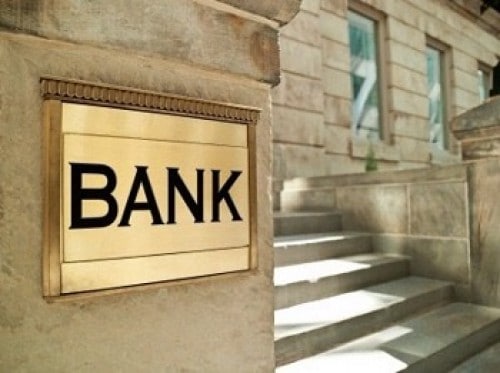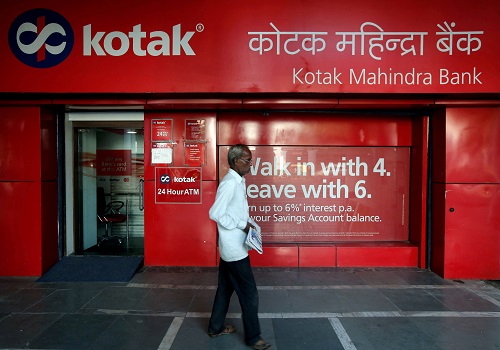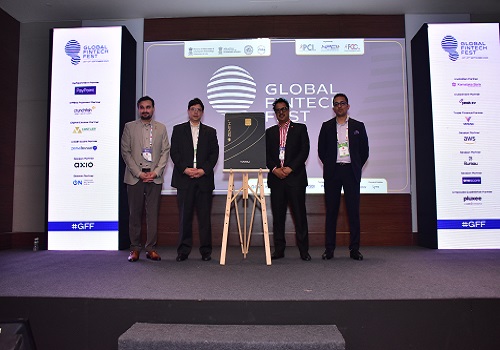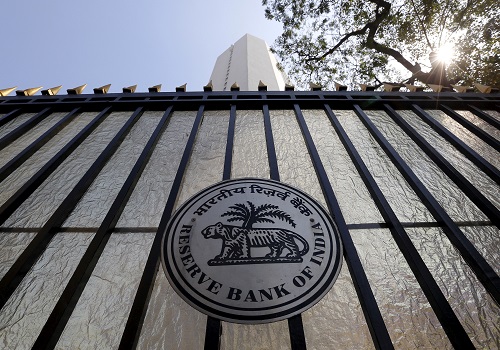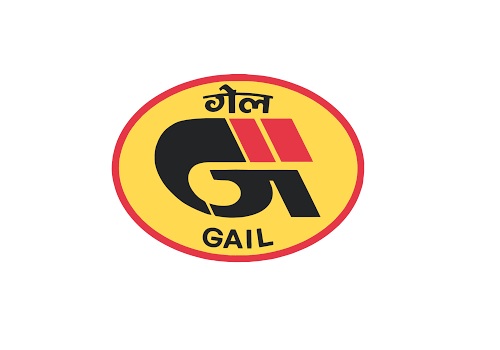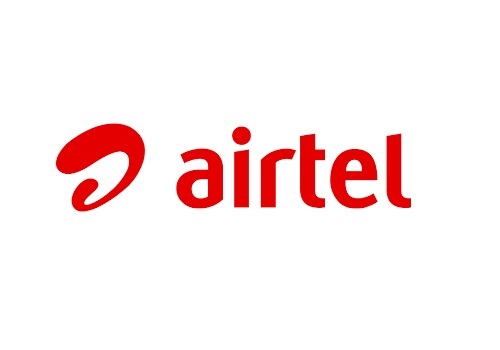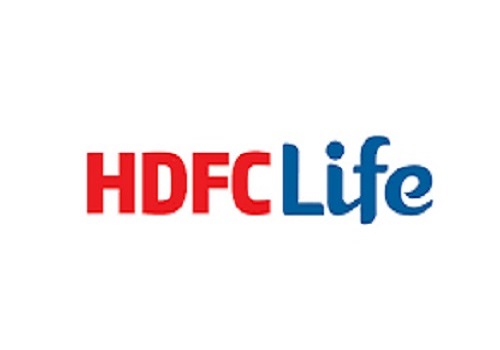Buy Indian Bank Ltd For Target Rs.166 - Yes Securities
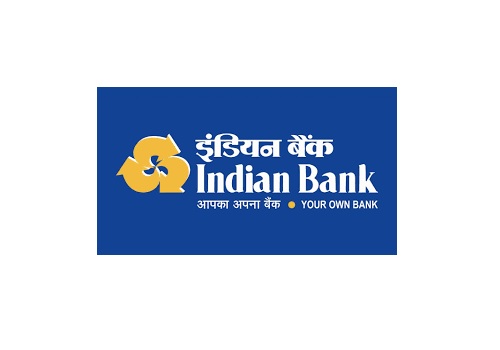
Follow us Now on Telegram ! Get daily 10 - 12 important updates on Business, Finance and Investment. Join our Telegram Channel
https://t.me/InvestmentGuruIndiacom
Download Telegram App before Joining the Channel
A single large corporate account and largely transient micro enterprise slippages mar quarter
Result Highlights
Asset quality: Gross slippages amounted to Rs 33.68bn (annualized slippage ratio of 3.63%), with net slippages amounting to Rs 8.57bn
Margin picture: NIM at 2.87% was down -16bps QoQ due to high interest reversal of Rs 580mn and lesser number of active days in the quarter
Asset growth: Advances grew 3.8%/6.5% QoQ/YoY driven by Agri and Retail loans
Opex control: Total opex grew 16%/22.2% QoQ/YoY, employee expenses grew 24.4%/39% QoQ/YoY and other expenses rose 4.1%/1.2% QoQ/YoY
Fee income: Core fee income rose 22.3%/23.4% QoQ/YoY driven by Commission on Government business and Misc. fee Income
Our view – A single large corporate account and largely transient micro enterprise slippages mar quarter
Slippages were relatively elevated due to the Future Retail account and micro SME slippages, the latter having mitigating aspects to it: The sectoral breakup of slippages was Rs 4.77bn from retail, Rs 4.17bn from agri, Rs 14.31bn from MSME and Rs 9.73bn from Corporate. A big corporate account, Future Retail, amounting to an exposure of Rs 8.51bn, officially slipped during the quarter. Furthermore, Rs 6.04bn of the MSME slippages have come from the micro SME book. Management stated that these slippages were caused by the Omicron wave and demand issues and they were hopeful of recovering a significant proportion of these micro SME slippages. Additionally, a material proportion of these micro SME slippages were under CGTMSE or ECLGS, implying low LGD. In fact, about 15% of the MSME slippages were from the ECLGS book
While margin declined on sequential basis, there could be some factors that aid margin expansion, ceteris paribus: Liquidity on the balance sheet is still elevated, with LCR for the quarter at 169%. The management expects the CD ratio to rise going forward, indicating unwinding of liquidity, which would be supportive of margin. Furthermore, 44% of the loan book is repo rate-linked and would benefit from the repo rate hike.
Retail loan growth for the quarter was driven by non-priority jewel loans: Retail loans grew 6.3% QoQ, within which non-priority jewel loans grew 13.1% QoQ. Agri loans, MSME loans and corporate loans grew 3.3% QoQ, 1.8% QoQ and 1.1% QoQ, respectively. Wholesale loan growth has been subdued due to conscious decision not to deploy capital into low-yielding loans. Management expects a minimum loan growth of 8-10% in FY23.
We maintain ‘Buy’ rating on INBK with a revised price target of Rs 166: We value the bank at 0.5x FY23 P/BV for an FY23E/24E RoE profile of 11.0/12.3%.
To Read Complete Report & Disclaimer Click Here
Please refer disclaimer at https://yesinvest.in/privacy_policy_disclaimers
SEBI Registration number is INZ000185632
Above views are of the author and not of the website kindly read disclaimer













